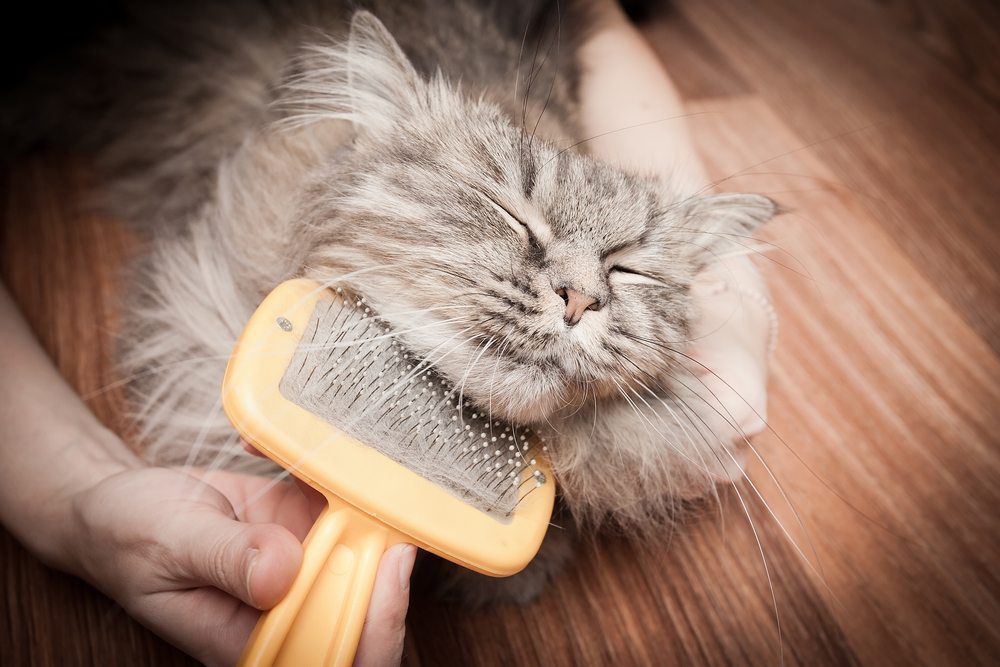It might surprise you to know that being able to perform CPR on cats and dogs is an important skill to have if you own a pet. Whether your cat or dog is an inside or outside pet, knowing CPR will mean you can act quickly in an emergency and you could save a pet’s life in the process.
An emergency isn’t really the time to be searching on Google, so make sure you read this handy guide now so you are able to save the life of your pet or the pet of somebody else if you need to.
Here’s our guide to CPR in cats and dogs
Remove Any Obstruction if Possible
Your cat or dog may be choking on something that is obstructing their breathing. Before attempting any CPR, open your animal’s mouth and check to see if their air passage is clear. If there is something caught in their throat, remove it carefully. Your pet may be conscious and distressed which could cause them to snap or bite. If this is the case, it’s best to take them straight to a veterinarian.
Give Artificial Respiration
If your cat or dog is unconscious and their airway is unobstructed, you can attempt to give artificial respirations. This is done by closing the animal’s jaw tightly and breathing into their nose. You should see their chest rise. If this isn’t working or your pet is a small dog or cat, you could try covering their nose and mouth with your mouth and breathing over them. When doing artificial respirations, 2 breaths are sufficient.
Perform Chest Compressions
The way you perform chest compressions on an unconscious pet depends on their size. Large dogs can be positioned on their backs similar to humans and compressions can be done in the centre of their chest. This is difficult for small dogs and cats so you may need to do their chest compressions while they are lying on their side. Compressions are then done on the side of their rib cage. The rate of compression also varies depending on the animal’s size but generally, 80-120 compressions per minute are suitable for small to medium sized dogs and all cats. 60 compressions per minute are sufficient for large dogs.
Alternate between Breaths and Compressions
Now that you know how to perform breaths and compressions during CPR, it’s also important to alternate between the two. If you’re giving 80 compressions then you should give a breath after 40. If you’re doing 60 compressions, give a breath after 30. Alternating between breaths and compressions helps to give CPR more of a chance of being successful.
What Now?
Once your cat or dog is breathing independently again you can cease CPR. You should take them to a veterinarian as soon as possible afterwards to determine the cause of the problem and to do a general health check. If CPR has failed, take your pet to the vet immediately.
The team at Port Kennedy Veterinary Hospital understands, values, and respects the very special nature of the human-animal bond and are happy to assist you with how to perform CPR. We are also there for you in any emergency pet situation. Contact us to find out more today.

 We’ve all seen the attention our pets pay to their grooming – cats and dogs can spend a considerable amount of time licking paws, smoothing fur and scratching ears and tails.
We’ve all seen the attention our pets pay to their grooming – cats and dogs can spend a considerable amount of time licking paws, smoothing fur and scratching ears and tails.